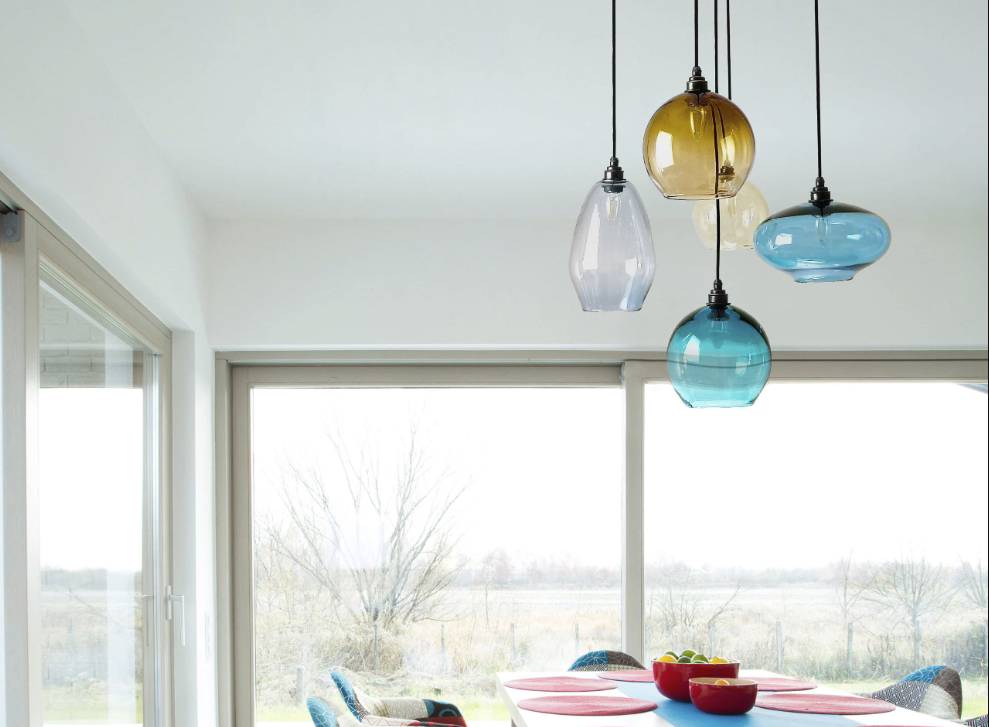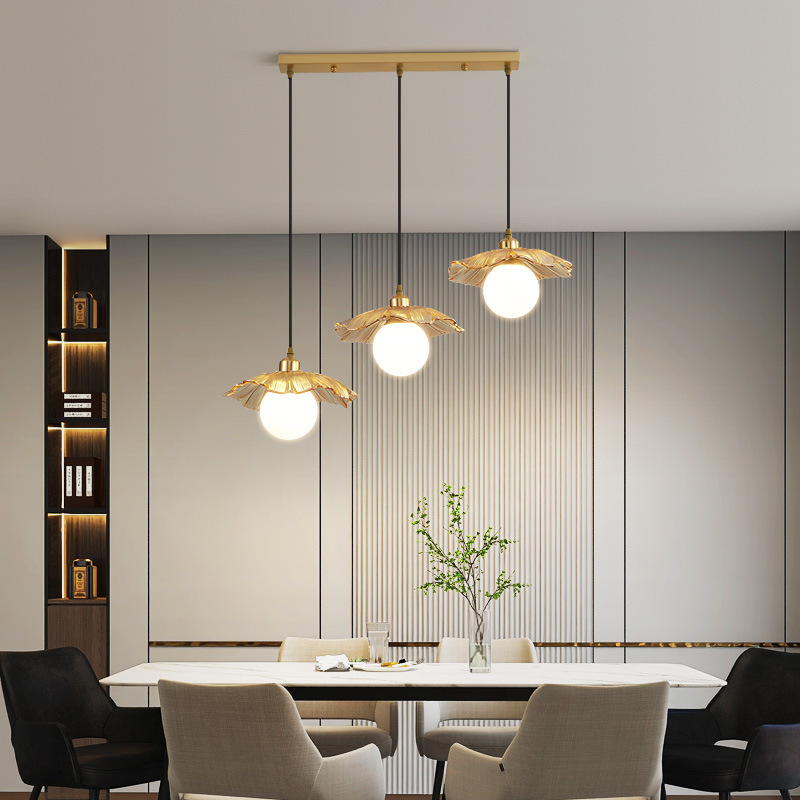The Story of Isamu Noguchi
Isamu Noguchi was a Japanese American artist and landscape architect, born in Los Angeles in 1904. He is best known for his sculptural works, which blend traditional Japanese aesthetics with modernist sensibilities. Noguchi’s career spanned over six decades and he created a wide range of artworks – from public sculptures to stage sets, from furniture to ceramics.
The Birth of the Akari Lamps
In 1951, Isamu Noguchi visited Gifu, Japan, where he saw traditional lanterns made of bamboo and paper. Inspired by these inexpensive and lightweight lights, Noguchi devised a new kind of lamp, which he called Akari. The word Akari means “light” in Japanese, and Noguchi believed that light should be a ubiquitous presence in our lives.
Akari Design Philosophy
Akari lamps are made of washi paper and bamboo ribs, and they are shaped like traditional Japanese lanterns. However, they differ from the lanterns in their soft, diffused light and simple, adaptable design. Each Akari lamp is a unique shape and size, handcrafted by skilled artisans in Japan. Noguchi believed that the design of a light should relate to the shape and function of the space it illuminates. Therefore, Akari lamps are not just beautiful objects, but also functional ones that create warm, inviting spaces.
Introducing the Akari 10A
Akari lamps come in many shapes and sizes, but one of the most iconic designs is the Akari 10A. This lamp was first introduced in 1958 and is still in production today. The Akari 10A is a floor lamp, standing over one meter tall. It has a round, cage-like shape, with a washi paper shade that diffuses a warm, soft light. The lamp is supported by three legs, made of metal wire that is coated in black or white paint.
Why the Akari 10A is Special
The Akari 10A is a versatile design that can fit into many different kinds of spaces. Its round shape and soft light create a calm and welcoming ambiance, making it ideal for living rooms, bedrooms, and other private spaces. The lamp’s cage-like structure also creates interesting shadows and patterns, making it a beautiful design object in itself. Finally, the Akari 10A is an eco-friendly product, made of natural materials that are recyclable and biodegradable.
The Akari 10A in Context
The Akari 10A is not just a beautiful object, but also a product of its time. The late 1950s and early 1960s were a period of immense change in the world, as post-war optimism gave way to social and political upheaval. Noguchi himself was deeply committed to social justice and saw his art as a means of bridging cultural and political divisions. The Akari lamps, like many other designs of the period, were an attempt to create objects that were both beautiful and accessible to a wide range of people. Additionally, the lamps’ use of natural materials and simple forms reflected an interest in sustainability and human-centered design, which remains influential today.
The Legacy of Isamu Noguchi and the Akari Lamps
Isamu Noguchi passed away in 1988, but his legacy lives on through his artworks and designs. The Akari lamps remain an enduring example of Noguchi’s vision of the role of art and design in people’s lives. They have been exhibited in museums around the world and are part of many private collections. The Akari 10A, in particular, has become an icon of modern design, a testament to Noguchi’s skill and creativity.
Akari 10A: A Lamp for Life
The Akari 10A is not just a lamp, but a work of art that can enrich people’s lives. Its warm, diffused light and elegant design make it a perfect addition to any home or public space. But beyond its aesthetic qualities, the Akari 10A is a product of a rich cultural heritage and a visionary artist’s talent. By choosing an Akari lamp, one is not just buying a beautiful object, but participating in a legacy of creativity, sustainability, and human-centered design.




